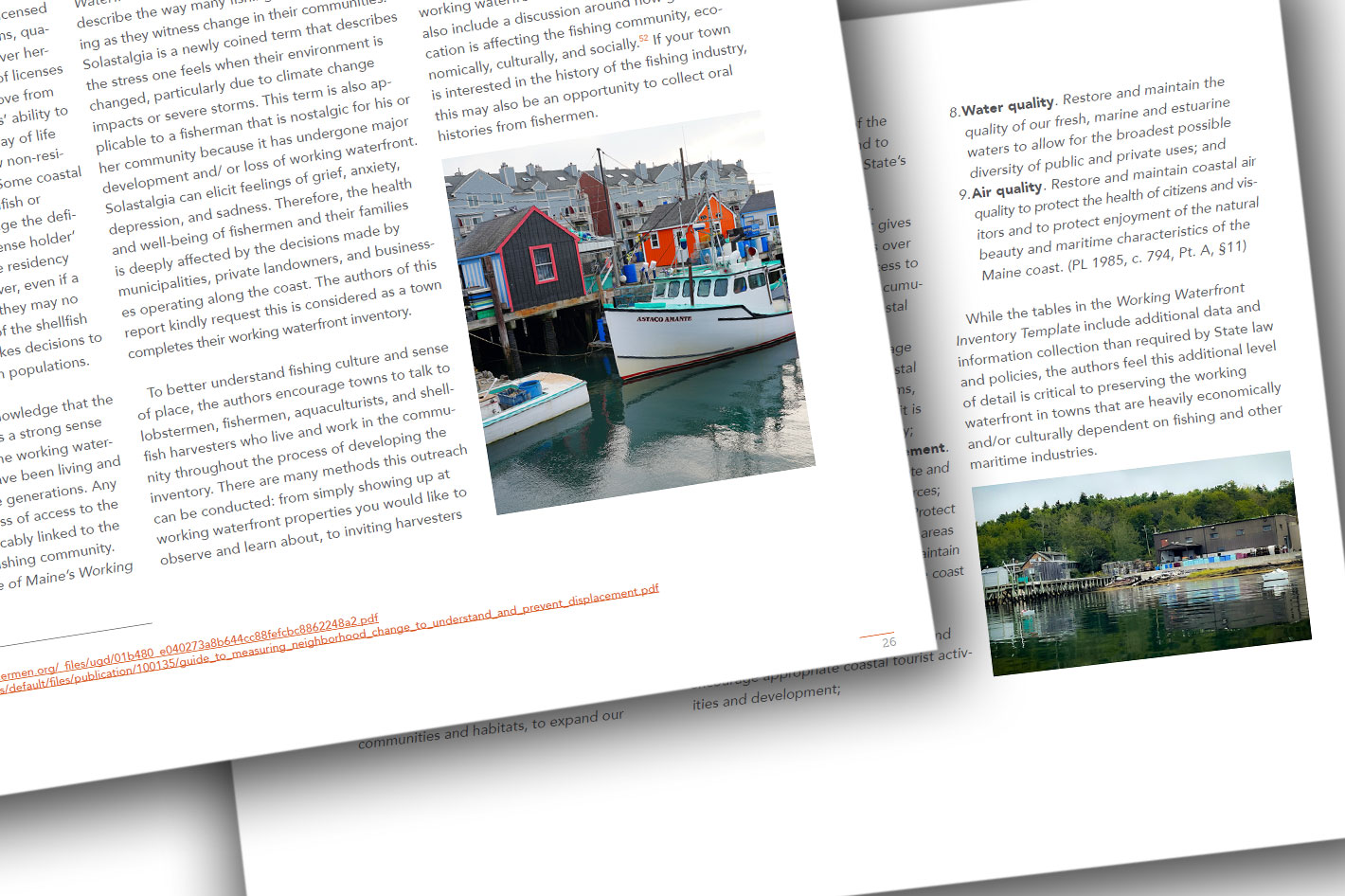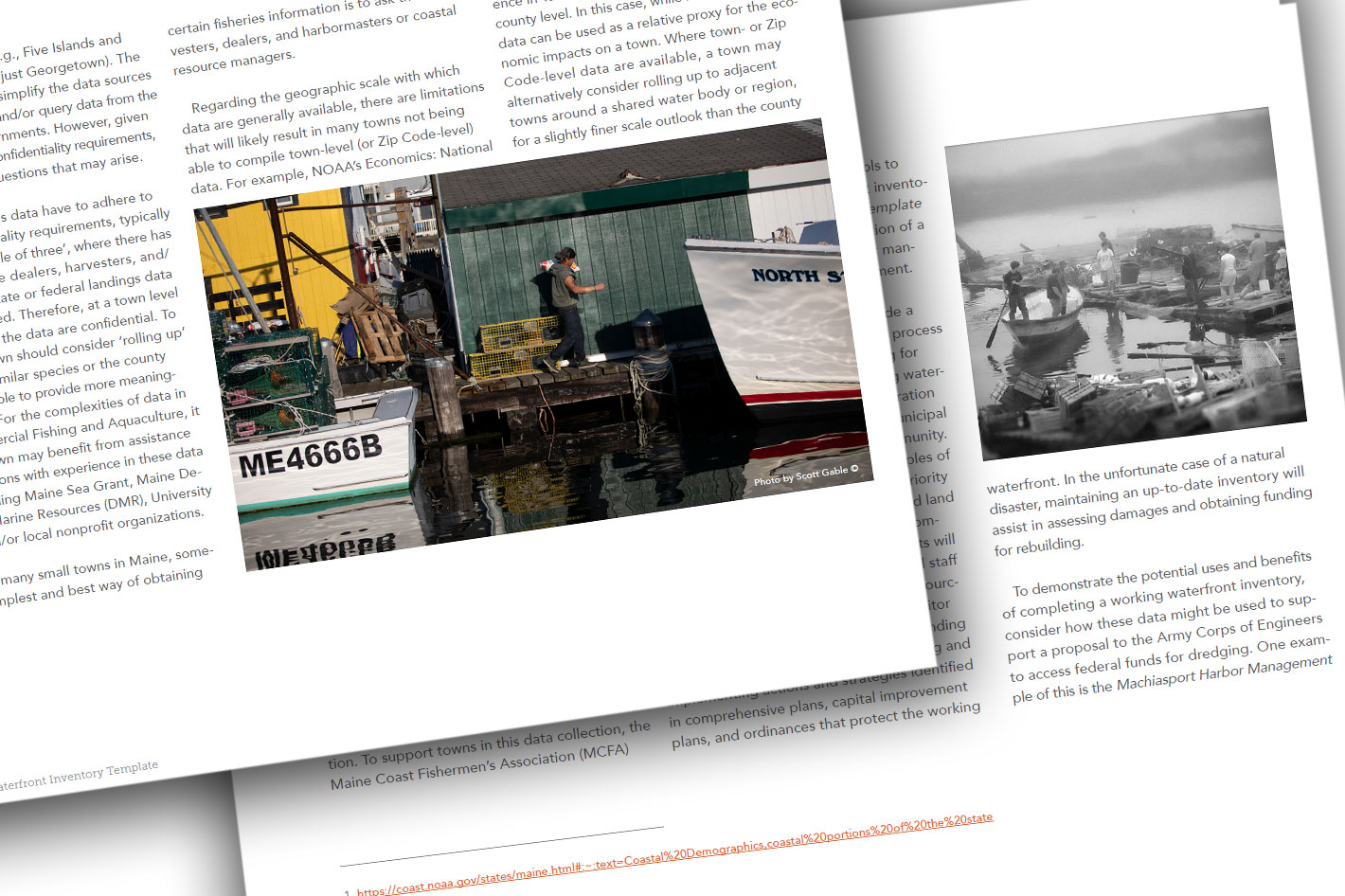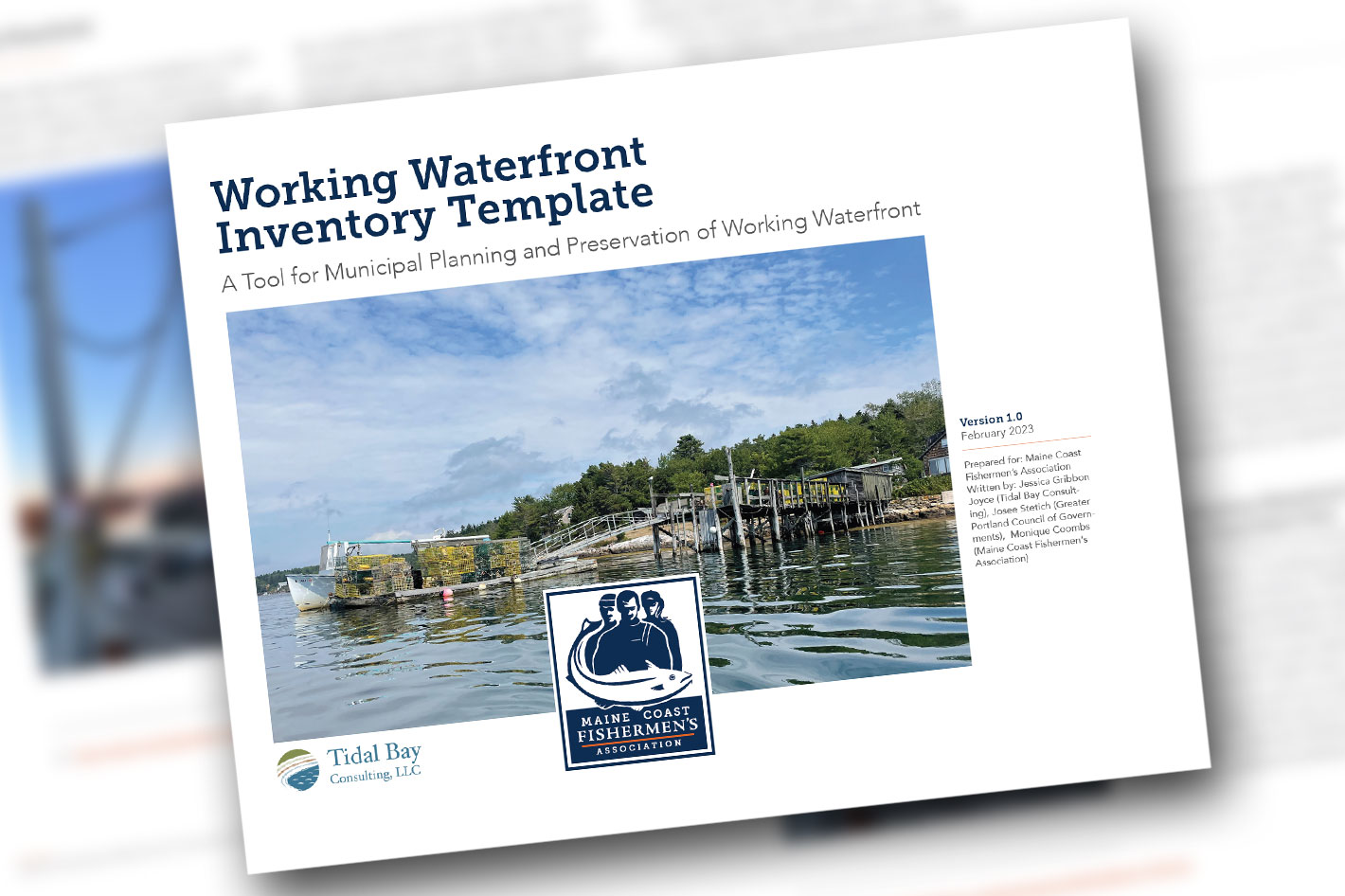Concerned about how the gentrification of the area might affect commercial fishing, the Maine Coast Fishermen’s Association (MCFA) recently published tools that can be used as part of a harbor management plan.
Aware that coastal gentrification in Maine has intensified in the last few years due to covid, an influx of out-of-state home buyers, and lifestyle changes that are drawing families to Maine's quintessential coastal communities, the Maine Coast Fishermen’s Association is concerned about the effects it may have on its waterfront, as it is clear that “this has increased pressure on the working waterfront at a faster pace than many towns can keep up with, adapt to, and plan for.”
There is reason for concern, because, according to MCFA, "of Maine’s total population of approximately 1.3 million, over half (about 721,000) of the people live along the coast” and “these coastal Maine communities have traditionally been home to commercial fishing businesses and other small businesses that drive the marine economy.”
The association believes that while “many towns do not have the capacity or staff to manage the growing population, coastal conflicts, and planning necessary to balance preserving the working waterfront in light of these competing uses along the coast” municipalities “would benefit from support to adapt to the changing economy and climate while protecting community values, including those of the commercial fishing industry.”
 A standard data collection template
A standard data collection template
That’s the reasoning behind the Working Waterfront Inventory Template released recently, which shares the tools developed by the MCFA and Tidal Bay Consulting to conduct a municipal working waterfront inventory. This template can be used, according to those behind it, in the marine resource section of a comprehensive plan, as part of a harbor management plan, or as a standalone document.
The association notes that “our research into how municipalities are incorporating working waterfronts into town planning revealed the need for a standardized data collection process." In order to preserve the working waterfront and the culture and industries it supports, especially commercial fishing, towns need to know what they have for working waterfront infrastructure in their community.
MCFA worked with Tidal Bay Consulting to analyze the existing landscape of how municipalities have incorporated the working waterfront into their comprehensive plans and coastal ordinances, and then developed a process and standard data collection template for communities to inventory their working waterfront. That document, "Working Waterfront Inventory Template - A Tool for Municipal Planning and Preservation of Working Waterfront," is a 60-page PDF that can be downloaded from the association’s website.
 A living document that will be updated
A living document that will be updated
By completing this inventory, MCFA says, “towns can collect data on the working waterfront infrastructure and the local economic impact of fisheries and aquaculture using an accessible, step-by-step approach. The report helps communities understand their current working waterfronts, and provides the tools to monitor, preserve, and invest in working waterfront for future generations.”
The document now available is only made possible through the involvement of “many individuals, organizations, and municipalities who provided insight and feedback throughout the development”, and the cooperation of staff from the six towns - Kennebunkport, Brunswick, Harpswell, St. George, Stonington, and Friendship - selected for a review of their existing comprehensive plans, harbor management plans and coastal ordinances, who participated in interviews early on in the project.
The document is not an end itself, and its authors intend for the Working Waterfront Inventory Template to be “a living document that will be updated over time, and the scope may expand to other sectors in the marine economy.”
Hoping to get feedback about the utility of the tool, especially during the initial pilot year (2023), they wish that, “when there are standardized data and metrics for many coastal communities in Maine, this tool should streamline the creation of updated statewide inventories and reports of the working waterfront. This could help inform priority areas for State funding and technical assistance.”
If you want to know more about the Working Waterfront Inventory Template, download the document from the Maine Coast Fishermen’s Association website. Also including some interesting reads and maybe you know of a town needing to use the tools to better prepare for the future of its waterfront while keeping commercial fishing open for business.







